The announcement couldn’t have been timed better to make a splash.
Two days before St Patrick’s Day in 2012, as the Irish State was in the middle of an international bailout programme, Dublin-based oil and gas explorer Providence Resources revealed that oil flows from a test well in its Barryroe prospect 50km off the Cork coastline were almost double what was needed to make it a commercial field.
It triggered headlines from “Barrels of the black stuff to celebrate St Patrick’s Day”, courtesy of the Times of London, to the Daily Mail declaring “Massive oil discovery proves luck of the Irish”, as reports focused on the prospects of massive petroleum production tax revenues as the find reignited speculation that offshore Ireland could be the next North Sea.
“It’s a defining moment for the Irish offshore oil and gas industry,” Tony O’Reilly jnr, Providence’s then chief executive, said at the time.
READ MORE
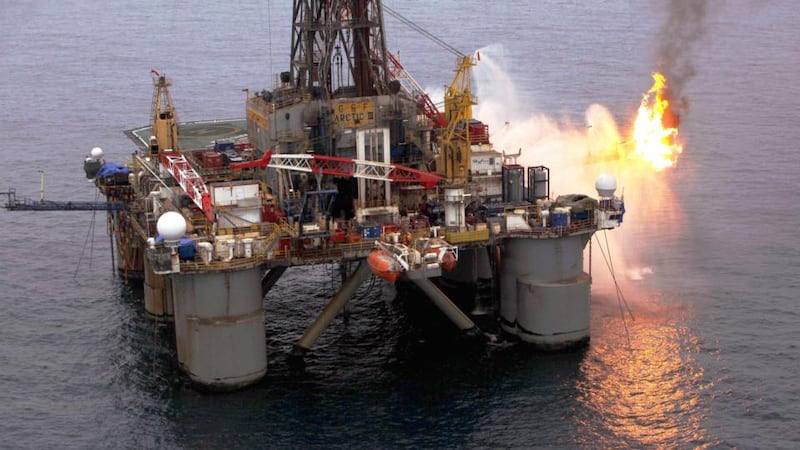
More than 11 years later, not a drop of “black gold” has been extracted from Barryroe. The period saw three partnership deals to develop the field fall through, Providence become temporarily distracted by much larger prospects off the west coast of Ireland that came to nothing, and it went through a series of leadership changes in recent years.
Minister for the Environment Eamon Ryan last month refused to give the company, since renamed Barryroe Offshore Energy (BOE), a permit to continue work on the field – more than two years after an application on the matter had been filed with his department.
Having raised €270 million in equity from investors over the past dozen years, BOE was down to only €176,000 of working capital two weeks ago. It would only be enough to get it through to the end of the month.
The company, led by Alan Curran, its third chief executive in four years, has been in talks ever since with major investors, led by 19 per cent shareholder and beef baron Larry Goodman, on raising funds to keep the show on the road to mount a legal challenge – by way of a judicial review – against Ryan’s decision.
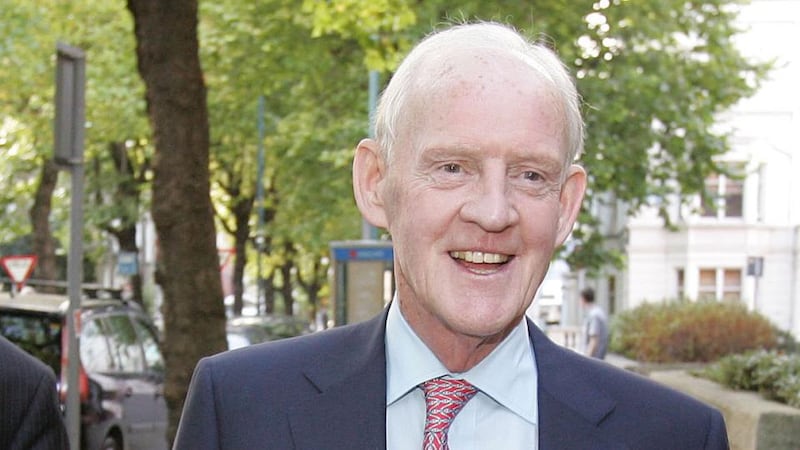
However, with time running out, BOE was forced to announce on Monday its intention to wind down the business – if the talks with shareholders come to nothing before a planned extraordinary general meeting next month on plans to pursue a creditors voluntary liquidation. Trading in its shares have been suspended, leaving its market value in London, as of last Friday, at £6.59 million (€7.64 million).
“The country has lost an opportunity to improve Ireland’s energy security, to reduce the emissions associated with importing oil and gas, to provide employment and future tax revenues and to diversify the country’s sources of primary energy supply. All at no cost to the public purse,” said BOE chairman Peter Newman in a statement.
Newman and Curran declined to be interviewed this week.
Businessman Nick Furlong, an investor in BOE for about a decade and owner of a near 13 per cent stake, mostly held through his Pageant Holdings investment vehicle, said the decision to pull the plug on Barryroe “is all about cosmetics”.
“You can open a data centre here no problem – even though energy consumption by these centres has soared in recent years and they now account for almost a fifth of electricity use in Ireland. Very little is being done to tackle the demand side,” he said, declining to comment on funding discussions with BOE.
Renewable energy sources were used to generate 42 per cent of electricity used in the Republic in 2020, according to Central Statistics Office data. However, they accounted for only 4 per cent of the State’s total final energy consumption.
“Whether we like it or not, Ireland will continue to need oil and gas for the foreseeable future. It can’t make the switch overnight to renewables,” said Steve Boldy, chief executive of Lansdowne Oil & Gas, which has a 20 per cent stake in the Barryroe project. He noted that last week, EirGrid, which runs the national electricity grid, put out an amber alert, warning of a possible supply shortfall, because of low levels of wind and solar energy being generated.
“Monday’s announcement is not as dramatic as it might seem,” said another of the company’s 10 largest shareholders, who declined to be named. “The board has a fiduciary duty to prepare for a liquidation, even as talks continue. It wasn’t saying that this was the endgame – though, of course, if it does not raise funds in the coming weeks, it will lead to an endgame very quickly.
“There are solicitors and senior counsel all over this, advising various parties. Before shareholders can commit more money, they will need to see further legal opinion on the prospects of success of pursuing a judicial review.”
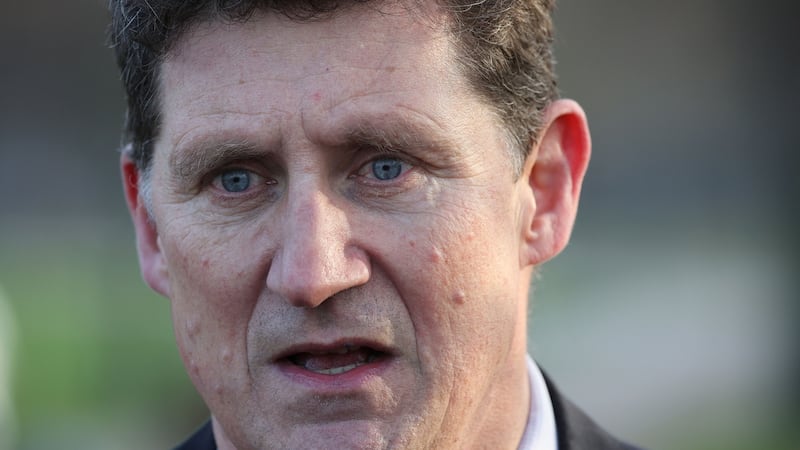
The Minister’s call was based on the applicant not meeting “investment cover criterion” in guidelines for offshore oil and gas exploration applications. The non-mandatory guidelines, issued in 2019, say licence applicants should have net tangible assets of 3½ times the cost of planned work.
The company had negative net assets as of June 2022, after exploration and evaluation assets were stripped out.
A move by Goodman to provide a €40 million backstop last November – in which some other large investors also subsequently participated – was designed to give BOE enough money to keep itself going and cover the next stage of work. The Goodman convertible loan notes deal was cobbled together within weeks of the Department of the Environment, Climate and Communications (DECC) signalling concerns about the ability of BOE and Lansdowne to finance drilling at Barryroe.
The top-10 shareholder claimed that Ryan, as Green Party leader, who pushed through climate action legislation in 2021 to ban new licences for oil and gas exploration while continuing to honour existing permits, made his final decision, after much stalling, for political reasons. It’s a view shared privately by a number of other investors and observers.
“He put his political interests ahead of the national interest,” said the shareholder. “Why didn’t his officials see that an environmental impact assessment was done on continuing to import oil and gas that could be replaced by a local source?”
A spokesman for the Ryan’s department declined to comment other than to refer to a statement issued last month, which said “broader policy issues relating to, for example, the phasing out of fossil fuels or our security of energy supply, did not form part of the assessment process”.
The potential wind-up of BOE follows more than five decades of drilling off the Irish coastline that peaked around the late 1970s. Of the 173 wells drilled, according to DECC data, only four commercial gas discoveries have been made: Kinsale Head, discovered in 1971, two neighbouring fields, and Corrib, off the Mayo coast.
Of the wave of options granted in 2015 and 2016 to industry giants such as ExxonMobil, Statoil, BP and Eni under the State’s last offshore licensing round, only one, China’s CNOOC, has resulted in an exploration well being drilled, in 2019. The wildcat well, about 230km off the Kerry coast, turned out to be a dry hole. Most others that participated in the options round subsequently dropped their interest.
For now, Europa Oil & Gas, a London-listed explorer where industry veteran Brian O’Cathain is chairman, is the only non-producing player actively targeting drilling off Ireland’s shores, after DECC moved last November to extend first-phase work on the company’s Inishkea licence, near the Corrib gasfield, to January 2024.
O’Cathain, who ran the Irish operations of Enterprise Oil when it discovered the Corrib field in 1996, is hoping a successful find at Inishkea could be connected to existing Corrib infrastructure. Corrib currently supplies about 30 per cent of the State’s gas needs, but is expected to run out of gas early in the 2030s.
Europa is in talks with potential partners to drill an exploration well in the next phase at a cost of about €50 million. “However, the mixed messages that are coming from Government makes it more difficult to attract partners,” O’Cathain says.
“People are enthusiastic about the prospect itself, but there are question marks over [Government] support. But it’s still our hope to reach an agreement in the third or fourth quarter of this year. We wouldn’t be doing this if we didn’t think it was the right thing.”
Barryroe, close to the long-depleted Kinsale gasfields, is also estimated to have large gas reserves. BOE and Europa argue that while the State moves towards a much bigger share of renewable sources as it eyes net-zero carbon emissions by 2050, there will be ongoing, but falling, demand for gas and oil in the meantime.
BOE traces its roots back to 1981, when businessman Sir Anthony O’Reilly and a group of investors set up Atlantic Resources to pursue opportunities at a time of giddy speculation of what was trapped in rock off Ireland’s shores.
Following a decade of share spikes and plunges amid false dawns at Helvick off the Wexford coast, the company was bought in 1991 by Conroy Petroleum & Natural Resources, in which O’Reilly would acquire shares and effectively end up taking control of the company with associates. The new entity was renamed Arcon. It spun out its hydrocarbon assets in 1997 into a new company, called Providence Resources, which was listed on the Irish stock exchanges junior market.
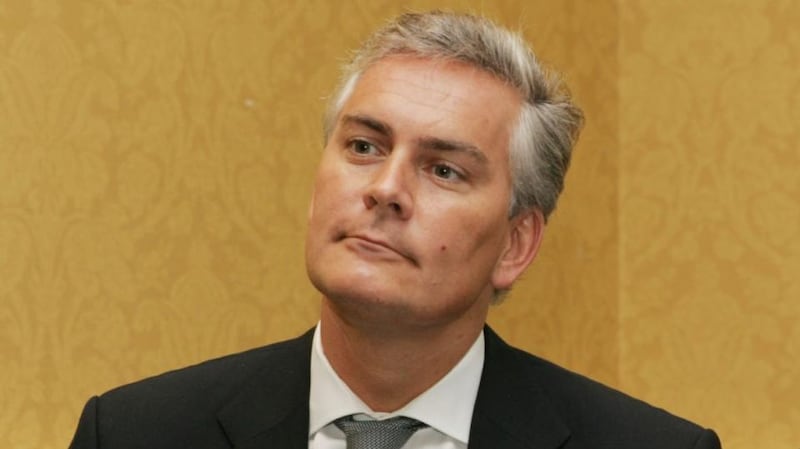
Tony O’Reilly jnr was appointed chief executive of Providence in 2005, about the time when it secured a listing on London’s junior market. The company sold assets in Nigeria, the Gulf of Mexico and Britain around the start of the last decade to focus on Barryroe, a field deemed unviable when it was first discovered in 1974 but was found in 2012 to have over 300 million barrels of recoverable oil.
O’Reilly would raise almost $80 million of fresh equity for the company that April and see the share price push above £7 each in London that September to give it a market value of £450 million.
Sir Anthony O’Reilly lost his 15.5 per cent stake in Providence in stages around 2015 as the former billionaire was chased by lenders over debts and eventually succumbed to bankruptcy. Shares in the company were changing hands at about 14 pence by the time he was declared bankrupt that November in the Bahamas, following a slump in global oil prices and as the company struggled to secure a farm-out partner to develop the prospect, as it lacked the scale and funds to do so itself.
Providence, Lansdowne Oil & Gas and Island Oil and Gas (which was subsequently taken over by the Oisin Fanning-led San Leon Energy) were awarded a licensing option 15 years ago on Barryroe.
O’Reilly jnr would subsequently increase the company’s interest from 30 per cent to 80 per cent in 2011, shortly after the partners secured a 10-year standard exploration licence on the project. It saw the company buy half of Lansdowne’s original 40 per cent stake and all of San Leon’s 30 per cent exposure, with the latter securing, in exchange, a right to 4.5 per cent of any future net profits from the field.
O’Reilly jnr picked London-based Sequa Petroleum in 2015 as a joint venture partner on the project, following an exhaustive search. That deal fell through after Sequa failed to secure the necessary finance – amid falling oil prices at the time.
The company was then strung along for 18 months by another potential partner, Beijing-based APEC, before calling it quits in September 2019 after the Chinese missed a series of deadlines for the transfer of initial funds.
In the meantime, an emergency $70 million fundraise in 2016 – backed by the likes of M&G, Capital Group, Henderson Group and Furlong’s Pageant – saw the company dangle even bigger, but riskier, projects before investors in the form of its Druid and Drombeg prospects off the Irish west coast. Subsequent drilling at two fields in 2017, however, revealed little more than water in the reservoirs.
By the end of 2019, O’Reilly jnr was gone. He declined to comment on BOE when contacted by The Irish Times this week.
His successor, chemical engineer and oil and gas industry veteran Alan Linn, presided in 2020 over the striking of a third so-called farm-out agreement with Norway’s SpotOn. That deal collapsed in April 2021, leading the company to decide to go it alone on Barryroe. Linn quit six months later.
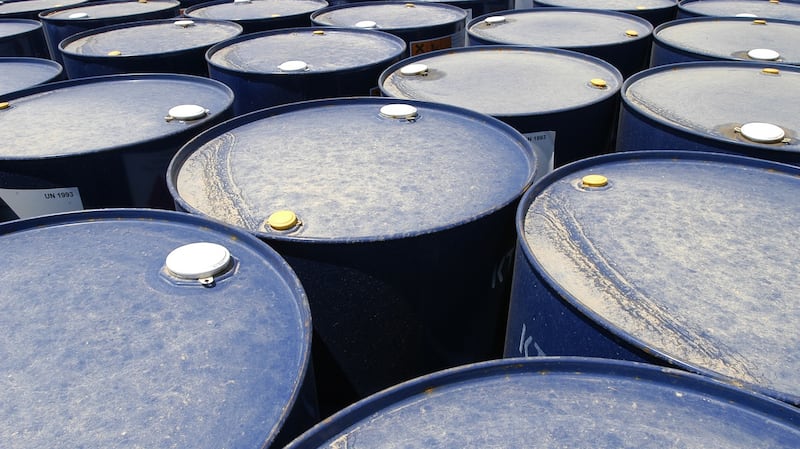
“Successive management teams wrongly placed absolute faith in farm-out deals – only to be shocked when each of them came to nothing. Bizarrely, the current board was also caught off guard when the Minister finally came out with his decision,” said a person familiar with the matter, who declined to be identified. “They never seemed to be working on a plan B.”
UK-registered Lansdowne indicated last month that it plans to pursue an international legal case against the Republic for at least $100 million. As a domestic company, Barryroe does not have recourse to international arbitration under the so-called Energy Charter Treaty, to which the Republic and UK are signatories.
With BOE within weeks of calling in a liquidator, major shareholders, led by Goodman, are weighing whether it’s worth ponying up more funds to fund what would now become a litigation vehicle.
A spokesman for Goodman declined to comment on his thinking on the matter.
A judicial review could take 12 months. Even if Barryroe was successful, Ryan could pursue an appeal, with an outcome from that unlikely before the next general election, which must take place by March 2025.
“You’re then taking a bet on who’ll be in Government next,” said a shareholder, noting that the permit that BOE had sought on Barryroe was due to expire in July 2025. “There’s a lot to consider.”














